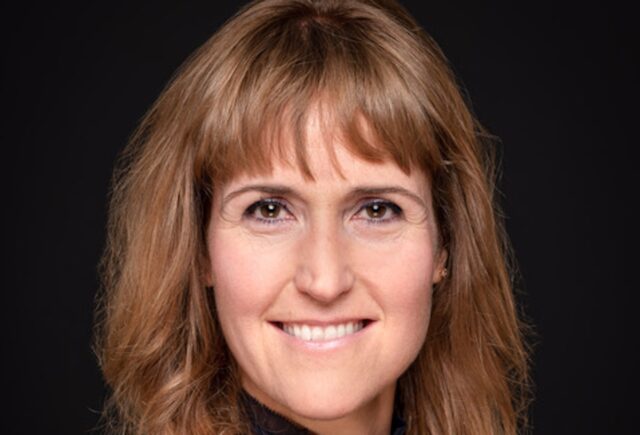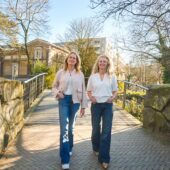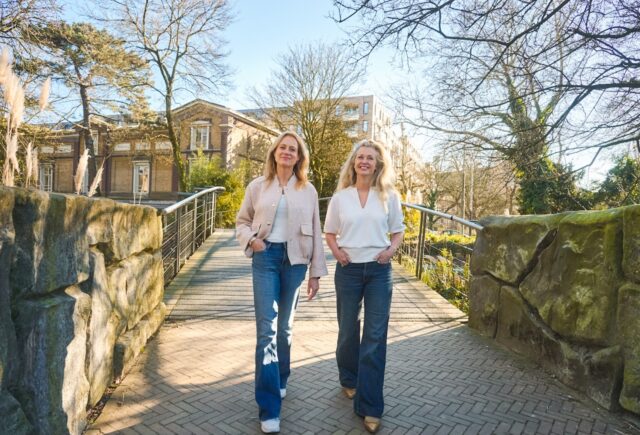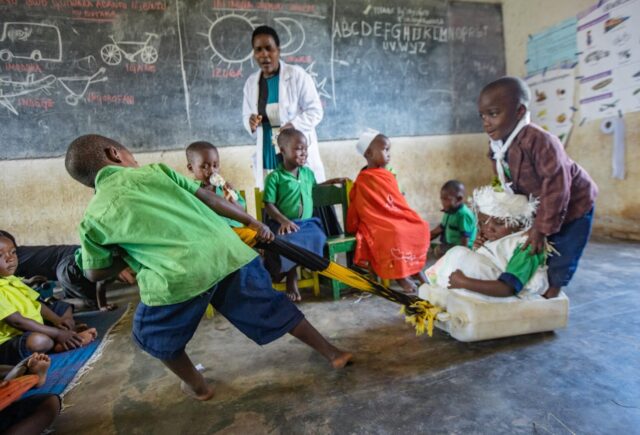Bertrand Piccard has found 1,000 technologies to save the planet. Now he just wants to get them adopted.

What do you do when you’ve already gone round the world once to raise the profile of technologies that can save the planet? Do it again, of course.
But in defiance of financial market lore, this time will be different for Bertrand Piccard. His last whizz around the world in 2015-16 was a relatively lonely affair at the controls of the Solar Impulse, an aeroplane powered only by solar fuel cells.
This time, he’ll be at the head of a flourishing eco-system of projects that his foundation has labelled as both environmentally impactful and, crucially, profitable.
Governments and corporations, Piccard tells Impact Investor in an interview, “are very nice in explaining they want to be carbon-neutral in 2050, but they don’t know how to do it. Our goal is to give them the tools to let them reach their climate and environmental targets and pledges.”
1,000 technologies
Over the last five years, Piccard has used the landmark achievement of the Solar Impulse flight to bring a host of technologies devoted to reducing waste and emissions, and more broadly promoting sustainable development, closer to commercialisation.
His foundation, backed by a bevy of European industrial champions, this year met its target of certifying over 1,000 such technologies. They include enzymes that help decompose polylactic-based plastics, packaging bags for cement that can actually be thrown into the cement mix, and methods for extracting methane – one of the most devastating greenhouse gases – from landfill sites.
Some, like the last of those, appear eminently scalable – Piccard points out the grim fact that the world has an addressable market of over 20,000 landfill sites.
Others are more niche, such as a Finnish tidal energy venture aimed at supplying grid-isolated islands with electricity. The projects can range from prototypes to solutions already at an early stage of commercialisation.
The Solar Impulse Foundation’s certification is intended as a beacon to attract to those technologies the billions of euros looking for economically and environmentally sustainable returns. Like the eponymous plane, however, it took a while for the project to get off the ground.
Proving the sceptics wrong
“A lot of people said it would be impossible to prove that protection of the environment can be profitable,” Piccard says. “A lot of people were saying: ‘You can never find 1,000 solutions, even if some of these solutions exist’.”
But changing perceptions and priorities across industry and the investing community have proved the sceptics wrong.
“Not only do we have 1,000 of these solutions, but we have another 220 additional solutions in the pipeline, and solutions continue to arrive,” Piccard says.
Nor was it plain sailing to persuade the innovators – the ‘pioneers’ as he likes to call them – of the advantages of the certification process.
Only after the foundation started to help with pitches to investors and with PR work to raise the innovators’ profile did the rate accelerate.
Reluctant ecologists
More recently, the pace of adoption stepped up as the foundation acknowledged the European Commission’s EIC Accelerator Phase 2 Program selection process as ‘equivalent’ to its own. Other headwinds came from directions where more support could have been expected.
“You know who we have to convince now?” Piccard says. “It’s not the investors anymore, because they are clever people who understand where they have to put their money.”
“It’s not industry, because industry is very happy to be more profitable by being more efficient. The people who are most reluctant are the ecologists.”
The ranks of SIF-certified companies raise a familiar dilemma for the Green movement. Should it accept that capitalism can provide the solutions to the problems it has created, or should it stick to the conviction that the profit motive invariably corrupts the sacred work of saving the planet?
“There is still this myth that we can only save the planet if we de-grow, if we reduce everything,” Piccard says with frustration.
It’s a ‘myth’ sustained by governments that have failed so far to delink environmental protection from higher living costs in the minds of their electorates.
Industry is key
The Swiss adventurer asserts that the projects his foundation is promoting can raise GDP even while reducing final consumption, squaring the circle that allows the energy transition to create more winners than losers.
He points to Antismog, one of SIF’s badge recipients, a technology that reduces fuel consumption as well as filtering exhausts; or Lactips, a packaging material substitute for plastic, which is reclaimed from the waste created by milk production. Such projects show that industry will be central to ‘building back better’ after the pandemic, he argues.
He’s careful to avoid criticising the most recognizable representative of Green activism, Greta Thunberg, who may bump into him at COP26 in Glasgow, Scotland, later this year.
“Greta is useful for me because she’s frightening everybody, she’s terrifying everybody and when the Solar Impulse Foundation arrives and says we have 1,000 solutions, everybody is relieved,” Piccard says.
The Swedish activist may struggle to accept a billing as an audience management device for an enabler of capitalists. However, with or without such uplift, Piccard’s portfolio of possibilities has now reached a point where a good number of the ideas he’s endorsed should fly.





